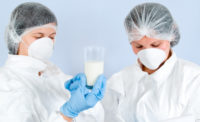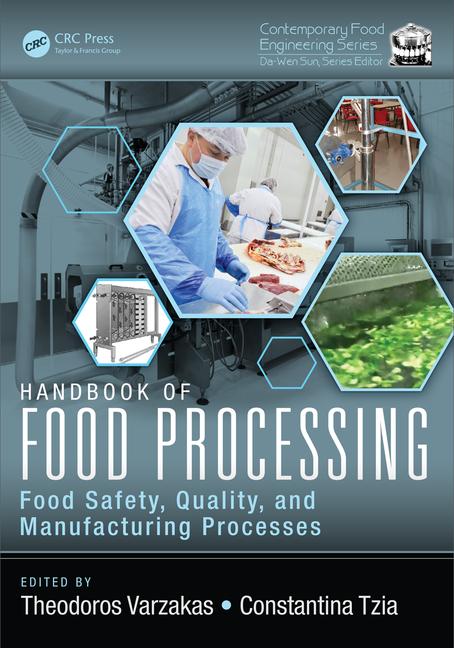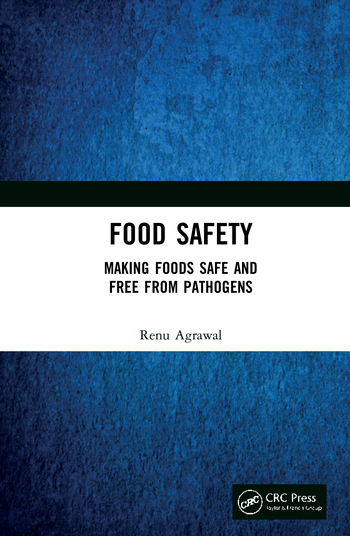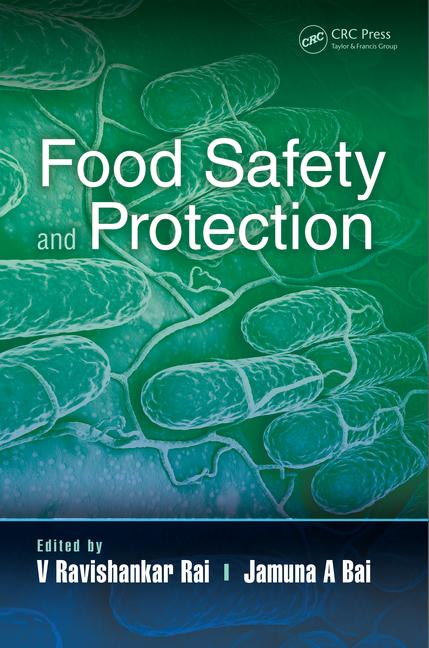BIZTRACKS
Study: Are Gloves Worn by Food Handlers Protective of or Damaging to Food Safety?

Image credit: Epicurrence via Unsplash
A recent study published in the Journal for Food Protection and funded by Eagle Protect PBC has demonstrated the risk of microbial, chemical, and physical contamination risks posed to food by disposable gloves worn by food handlers.
Vinyl and polyethylene are the most common materials used to make gloves to be worn in foodservice. Typical puncture standards for gloves used in healthcare only require impermeability and tear resistance without repetitive pressure and shear strain reflective of actual use; however, no such acceptable quality level (AQL) exists for gloves for food contact, even though failure rates can range from 30–50 percent for gloves that may be dually used in healthcare and foodservice. Additionally, there is a lack of validation or verification of safe and acceptable performance for food handling gloves in Hazards Analysis and Critical Control Points (HACCP) framework or in U.S. Food Safety Modernization Act (FSMA) principles.
Whether exam gloves or industrial gloves are used for food contact, U.S. Food and Drug Administration (FDA) or other regulatory authority food contact status is required and may be specified with applicable testing. While an AQL of 3.0 to 4.0 is generally considered suitable for an industrial grade disposable glove, there are no puncture testing requirements, and the wear (simulated movement) cycle defect rate has not been standardized. With both food contact and healthcare applications, an AQL of 1.5 translates into a higher level of quality and protection enhancing the safety of food, patients, and glove users. Examples of very high defect rates of new, unused gloves have been documented for vinyl and polyethylene gloves as high as 41 percent and 61 percent, respectively. These leak specifications should be considered in standard operating procedures, required tech sheet specifications, and in procurement.
According to the review, there are a number of chemicals present in gloves that can potentially leach into foods, such as possibly carcinogenic acrylonitrile, endocrine-disrupting phthalates, bisphenol A (BPA), per- and and polyfluoroalkyl substances (PFAS), N-nitrosamines, antimicrobials, and a variety of toxic heavy metals. A previous study of food contact materials showed the presence of almost 12,000 distinct chemicals used in food contact material manufacturing, many inadequately tested for toxicity or falling into the category of non-intentionally added substances.
Moreover, additional research is required to understand the hazards represented by viable microorganisms that contaminate gloves during the production process. In one comparison, researchers found that, with glove microbial counts and identities of organisms found on gloves, the safety margin between hands and gloves is reduced and becomes problematic, when approximately half of glove samples tested contained fecal indicators.
In general, evidence shows that gloves of poor quality can result in the potential for direct physical, chemical, and microbiological contamination. Current glove manufacturing standards, as well as regulations and testing requirements, appear to be inadequate with respect to direct contamination challenges.
Looking for a reprint of this article?
From high-res PDFs to custom plaques, order your copy today!









